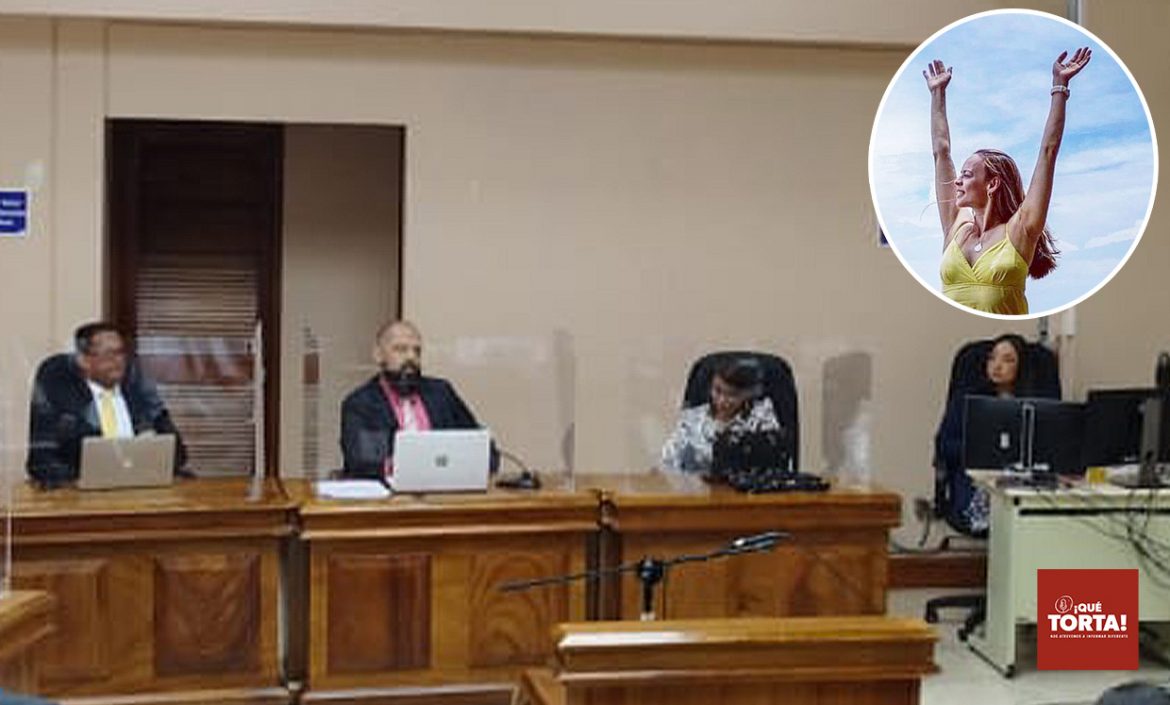The Puzzling Circumstances of María del Carmen Tacsan’s Death
The truth surrounding the death of Costa Rican María del Carmen Tacsan remains shrouded in mystery. Certain facts are evident: suicide is ruled out as a person cannot self-inflict knife wounds post-mortem.
Trial Errors Lead to Acquittal of the Sole Suspect
Tacsan’s husband, the sole suspect in her murder, was acquitted due to numerous errors during the crime scene processing, autopsy, and trial. The verdict, extensively detailed in a 402-page sentence, concluded that there was no definitive proof to convict him of his wife’s murder.
Discrepancies and Errors: Unraveling the Investigation
The investigation was riddled with severe discrepancies and errors. For instance, Tacsan’s husband was recorded leaving the house at 10:36 PM on the night of her death. However, a call was made from their landline and text messages were sent from her phone via WhatsApp after his departure.
Autopsy Challenges: The Missing Forensic Evidence
The autopsy raised more questions than it answered. No forensic official was present at the crime scene, casting uncertainty over the time of death. Furthermore, the pathologist’s report lacked essential details such as the date and time. There were inconsistencies in police and pathologist reports regarding the body’s stiffness and lividity, key indicators of time of death. Doubts also arose about the status of the hyoid bone, a potential sign of homicide. These errors are currently under investigation.
Conclusion: The Quest for Truth Continues
The unresolved case of María del Carmen Tacsan’s death illustrates the crucial importance of meticulous crime scene processing, accurate autopsy reporting, and fair trials. As investigators continue to examine the errors in this case, the quest for truth about what happened to María del Carmen Tacsan persists.

